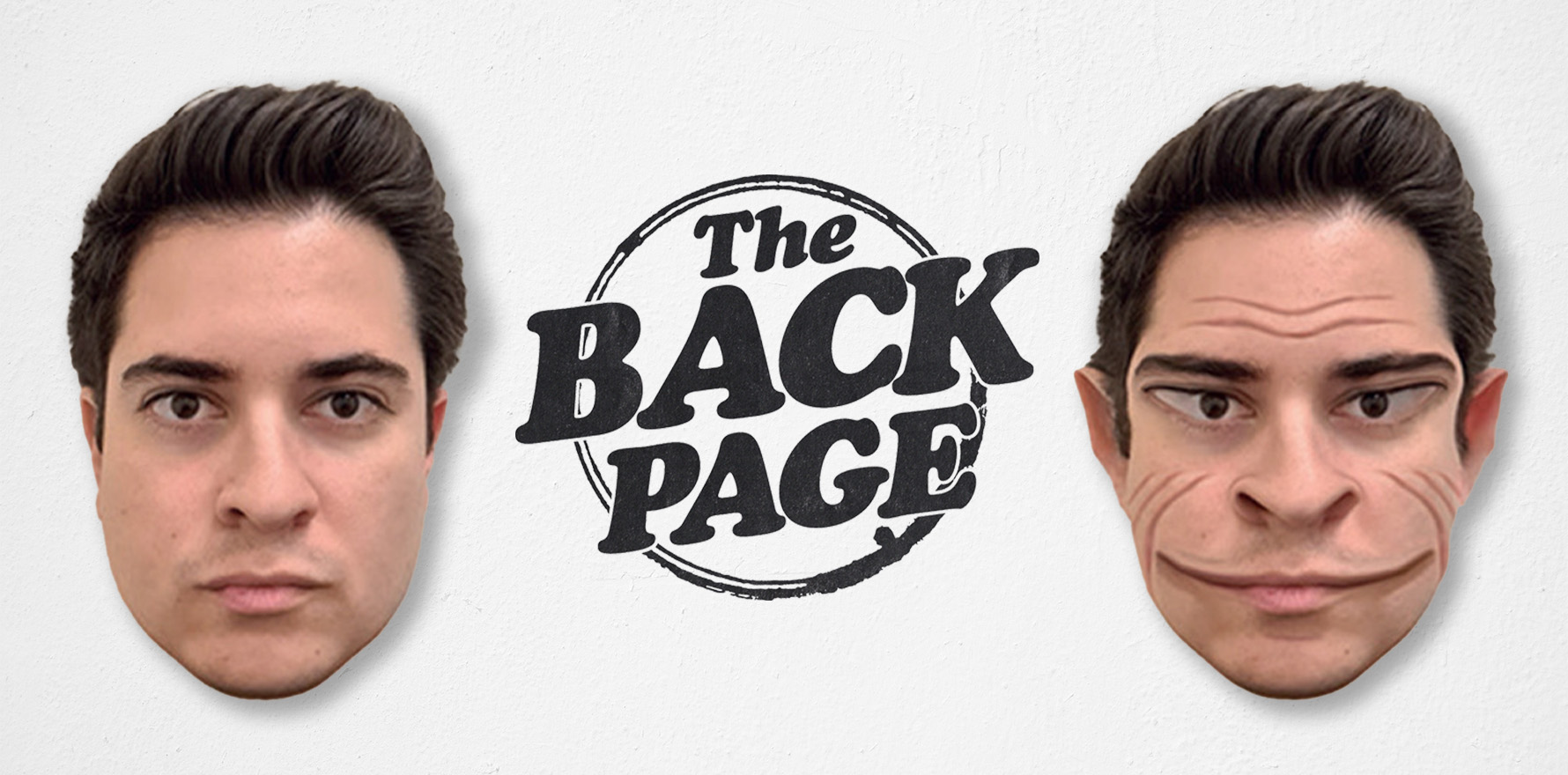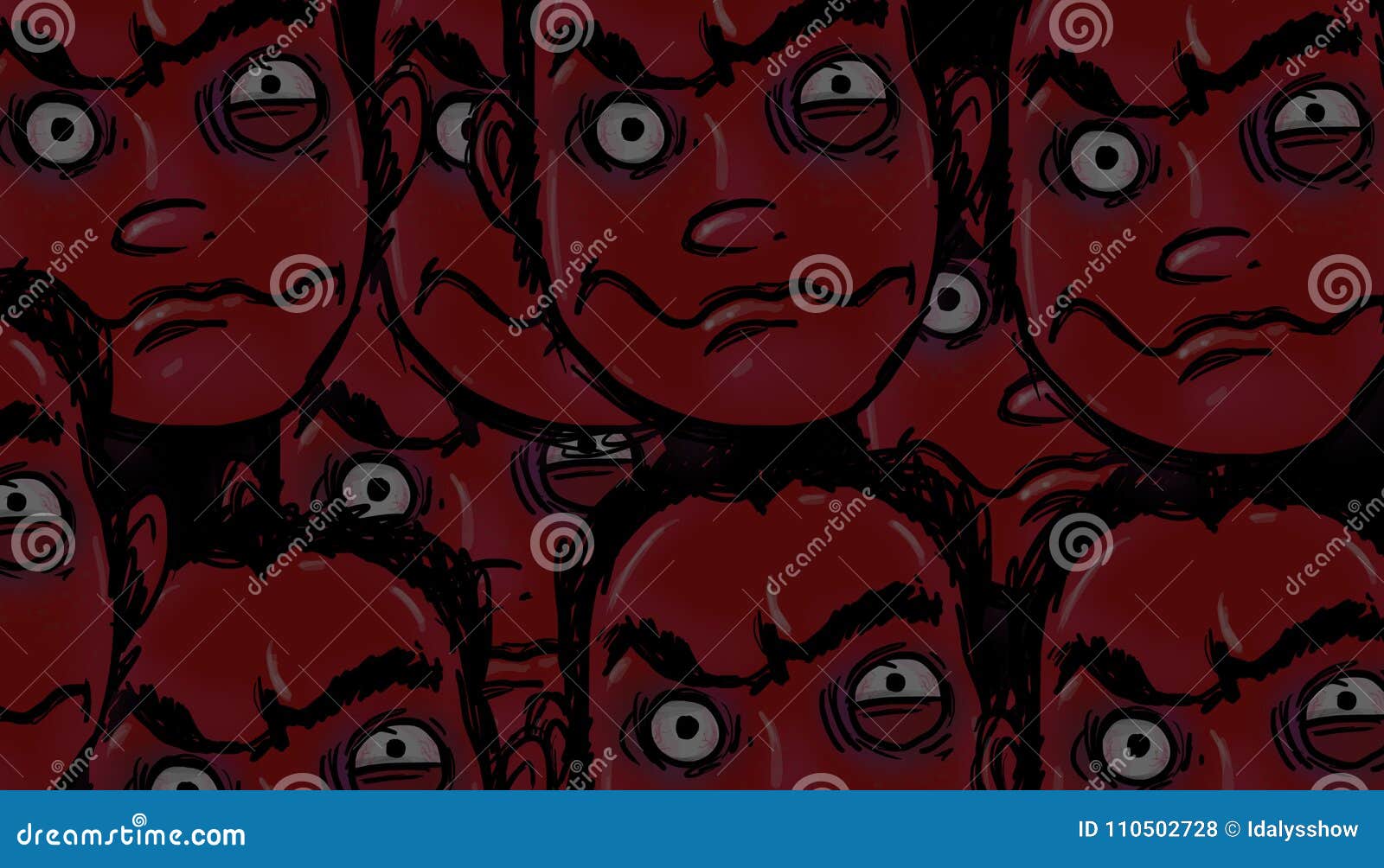Have you ever stumbled upon an image that made your spine tingle? You know, those demonic faces that seem to stare right into your soul? Well, get ready because we're about to dive deep into the world of demonic faces—what they mean, where they come from, and why they continue to fascinate (and terrify) us. If you're here, chances are you've got a thing for the spooky, the eerie, or the downright unsettling. And trust me, by the time you finish reading this, you'll have a whole new appreciation—or fear—for these otherworldly expressions.
Let's face it, demonic faces have been around for centuries, popping up in art, literature, and even modern pop culture. From ancient carvings to horror movies, these chilling visages have captured our imaginations—and sometimes our nightmares. But what exactly makes a face demonic? And why do we keep coming back to them, even when they send shivers down our spines? That's the mystery we're unraveling today.
Now, before we jump into the nitty-gritty, let me just say this: demonic faces aren't just for Halloween or horror fans. They're a fascinating glimpse into the human psyche, our fears, and our endless quest to understand the unknown. So, whether you're a die-hard horror enthusiast or just someone who loves a good scare, this article's got something for everyone. Let's get started!
Read also:Emilio Estevez And Charlie Sheen Brothers In Hollywood Icons Beyond The Screen
What Are Demonic Faces Anyway?
First things first, let's break it down. Demonic faces aren't just random scary images; they're a specific type of representation that taps into our deepest fears. These faces often feature twisted expressions, sharp features, and an overall sense of malevolence. Think of them as the visual embodiment of evil—or at least what we perceive as evil. But where did they come from, and why do they resonate with us so much?
In many cultures, demonic faces have served as warnings, protectors, or even symbols of power. For example, in ancient Greek mythology, the Gorgon Medusa was depicted with a terrifying face that could turn anyone who looked at it to stone. Similarly, in Hindu mythology, Kali's fierce visage is both feared and revered. These faces weren't just meant to scare; they were designed to convey a message, often one of caution or respect.
A Brief History of Demonic Faces
Believe it or not, demonic faces have been around for thousands of years. Archaeologists have found carvings and paintings of these eerie faces in ancient civilizations all over the world. From the Mesopotamians to the Egyptians, every culture seemed to have its own version of the demonic face. And it's not just limited to the past; even today, demonic faces continue to inspire artists, filmmakers, and writers.
- Ancient Egypt: The Eye of Horus, often depicted as a protective symbol with a slightly menacing look.
- Medieval Europe: Gargoyles, those stone creatures perched on cathedrals, were thought to ward off evil spirits.
- Asian Cultures: The oni masks of Japan, which are used in festivals and performances, are both terrifying and captivating.
Why Do Demonic Faces Freak Us Out?
Okay, so we know what demonic faces are and where they come from, but why do they have such a powerful effect on us? The answer lies in psychology. Humans are wired to recognize faces—it's one of the first things we learn as babies. But when a face is distorted or exaggerated, it triggers a primal fear response. Our brains can't quite process it, and that uncertainty is what makes demonic faces so unsettling.
Additionally, demonic faces often represent the unknown or the uncontrollable. In a world where we strive for order and predictability, these faces remind us that there are forces beyond our understanding. It's no wonder they continue to haunt our dreams and pop up in our favorite horror movies.
The Science Behind Our Fear
Researchers have studied the effects of demonic faces on the brain, and the results are fascinating. Studies show that when we see a distorted or threatening face, our amygdala—the part of the brain responsible for processing emotions—lights up like a Christmas tree. This reaction is automatic and happens before we even have time to think about it. So, the next time you see a demonic face and feel your heart race, you can thank your amygdala for that!
Read also:Nicole Sheindlin The Rising Star Whorsquos Making Waves In Hollywood
Where Do We See Demonic Faces Today?
Nowadays, demonic faces are everywhere. They've made their way into movies, video games, music, and even fashion. If you've ever watched a horror film or played a survival game, chances are you've encountered a demonic face or two. But it's not just limited to entertainment; demonic faces also appear in art, tattoos, and even social media challenges. They've become a part of our cultural landscape, and they're not going anywhere anytime soon.
Horror Movies and Demonic Faces
Let's talk about the big screen for a moment. Horror movies love demonic faces because they're guaranteed to make audiences scream. Think about classics like "The Exorcist" or "The Conjuring." Both films feature demonic faces that are so terrifying, they've become iconic. And it's not just limited to live-action movies; animated films like "The Nightmare Before Christmas" also use demonic faces to create a sense of unease.
Art and Demonic Faces
Artists have been fascinated by demonic faces for centuries. From Hieronymus Bosch's surreal paintings to modern digital art, these faces have inspired countless works of art. But why do artists keep coming back to them? For many, demonic faces represent the darker side of human nature. They're a way to explore our fears, desires, and insecurities in a safe, controlled environment.
Contemporary Artists and Their Demonic Creations
Today, artists like Zdzisław Beksiński and H.R. Giger are known for their haunting depictions of demonic faces. Their work challenges viewers to confront their deepest fears and question the nature of reality itself. And it's not just limited to painting; sculptors, photographers, and even street artists are incorporating demonic faces into their work. It's a testament to the enduring power of these chilling images.
Culture and Demonic Faces
Every culture has its own take on demonic faces, and these interpretations can tell us a lot about the values and beliefs of a society. For example, in some cultures, demonic faces are seen as protectors, while in others, they're viewed as malevolent spirits. This diversity of interpretation is what makes demonic faces so fascinating. They're a reflection of our shared humanity and our unique perspectives.
Festivals Featuring Demonic Faces
One of the most interesting places to see demonic faces in action is during cultural festivals. From the Day of the Dead in Mexico to the Oni Matsuri in Japan, these celebrations often feature masks and costumes that depict demonic faces. These events aren't just about scaring people; they're about honoring traditions, connecting with ancestors, and reaffirming community bonds.
Psychology of Demonic Faces
As we mentioned earlier, demonic faces have a profound effect on our psychology. But it's not just about fear; they also tap into our curiosity and fascination with the unknown. Many people are drawn to demonic faces because they challenge our perceptions and push us to explore new ideas. It's a delicate balance between fear and fascination, and it's what makes demonic faces so compelling.
Therapeutic Uses of Demonic Faces
Believe it or not, some therapists use demonic faces as a tool for healing. By confronting their fears in a controlled environment, patients can learn to manage anxiety and stress. It's a form of exposure therapy that has shown promising results. So, the next time you see a demonic face, remember that it might be helping someone overcome their fears.
Conclusion: Embrace the Dark Side
And there you have it, folks—a deep dive into the world of demonic faces. From ancient carvings to modern art, these chilling images continue to captivate and terrify us. But why do we keep coming back to them? Maybe it's because they remind us of our shared humanity, our fears, and our endless quest to understand the unknown. Whatever the reason, one thing's for sure: demonic faces aren't going anywhere anytime soon.
So, the next time you see a demonic face, take a moment to appreciate its power and significance. And if you're feeling brave, why not share this article with your friends or leave a comment below? Let's keep the conversation going and explore the dark side together. After all, sometimes the scariest things are the ones that make us feel most alive!
Table of Contents
- What Are Demonic Faces Anyway?
- A Brief History of Demonic Faces
- Why Do Demonic Faces Freak Us Out?
- The Science Behind Our Fear
- Where Do We See Demonic Faces Today?
- Horror Movies and Demonic Faces
- Art and Demonic Faces
- Contemporary Artists and Their Demonic Creations
- Culture and Demonic Faces
- Festivals Featuring Demonic Faces
- Psychology of Demonic Faces
- Therapeutic Uses of Demonic Faces


